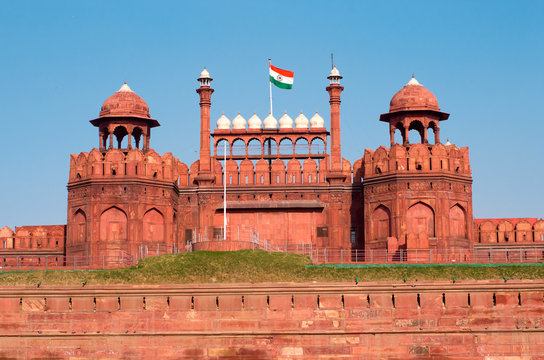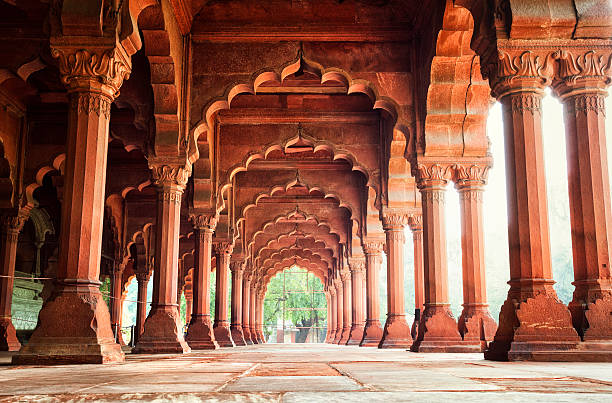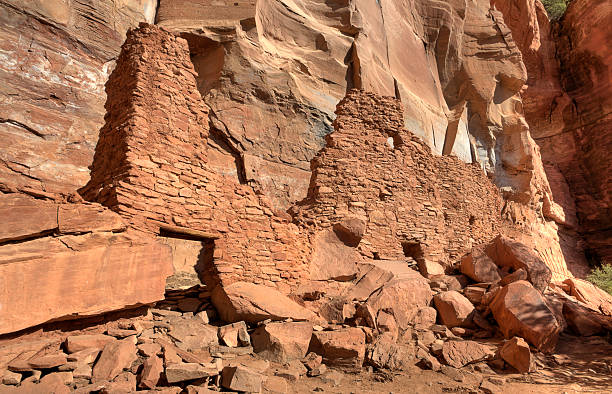About Red Fort

Red Fort or Lal Qila is a historic fort primarily served as residence of Mughal emperors in India. Located in the Capital city of Delhi, Red Fort is originally known as “Quila-I-Mubarak” meaning residence of the royal family. With a total of 256 acres of land, this Red Fort has popularity with different sub buildings including flora motifs, double domes, and majestic defenses.
Mughal Emperor Shah Jahan built this famous Fort which built a strong bondage with Indian Architecture. This fort was primarily built with the help of white and red sandstones. Red Fort of Delhi is recognized as a UNESCO World Heritage site for its historical importance, beautiful architecture, and Indian diversity.
Related Search: Jaipur- India’s Pink City.
History of Red Fort

In the year 1639, Mughal king Shah Jahan decided to shift his kingdom from Agra to Delhi (Bank of Yamuna River) then architect Usthad Ahmed started to design Red Fort. After decades of hard work and dedication in 1648 the Red Fort was completed as a palace fort of Shahjahanabad. When you compare other Mughal Forts, this one is different in architecture, its walls, asymmetrical, and containing Salimgarh port are totally unique. (which was built by the Sur Dynasty in 1546).
At Present every year on August 15 during the “Year of Independence” Prime Minister of India, hoisting the National Flag in this Fort. The architectural excellence of Red Fort was later affected by the other famous Indian Monuments.
The Architecture of Red Fort

The highest height of the Fort is 33 meters. Octagon-shaped fort comprising east and west long main gates with 2 main gates. (West and South). The wall and some important parts of the Fort are constructed with red sandstone and the rest are marble. After being colonized by the British this Fort changed a lot and still uplifts the importance of the History of India. Rang Mahal, Zafar Mahal, Chhatta-Chowk, Mumtaz Mahal, Tasbi- khana, are famous sections within this fort.
Related Articles: Statue of Unity- A Symbol of India’s Strength and Unity.



